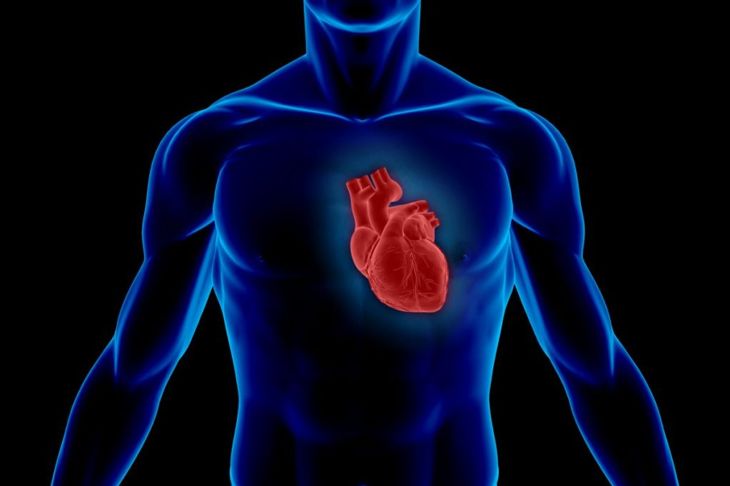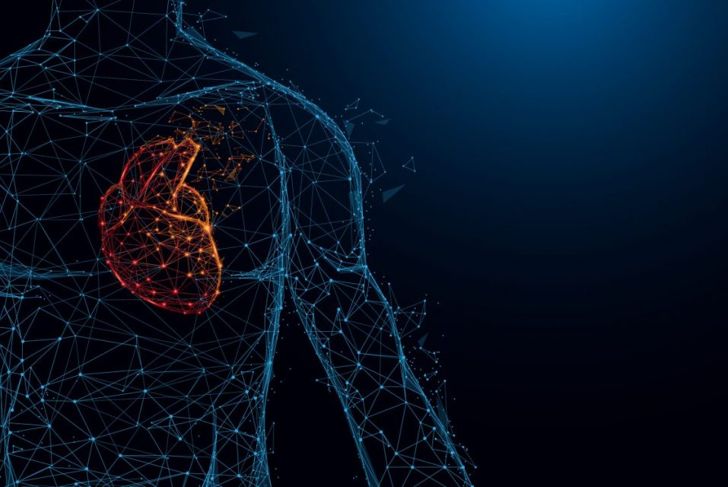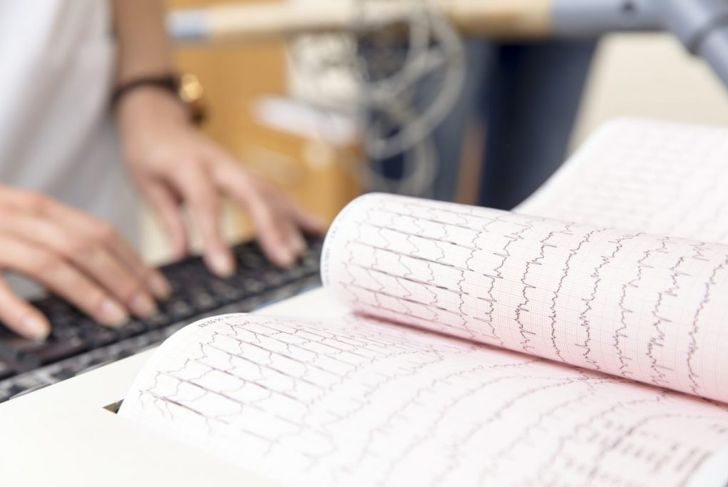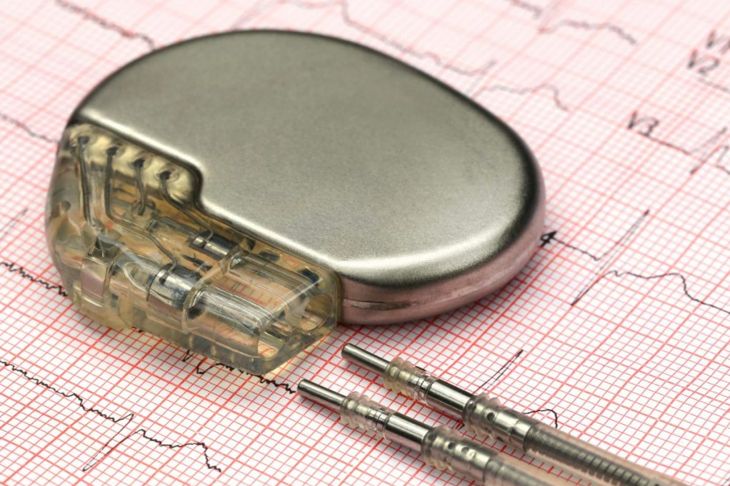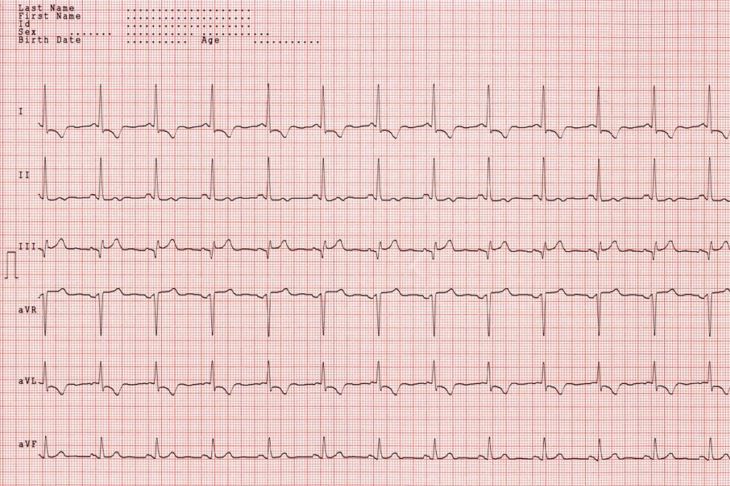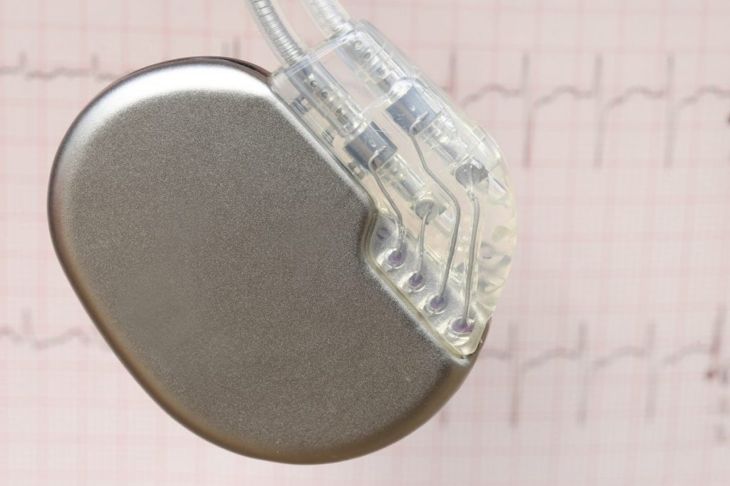Although bundle branches are just one small part of the electrical network of the heart, the role they play is significant. A bundle branch block diagnosis can be scary, but it is not necessarily a medical emergency. It can be a sign of underlying heart disease or a normal part of aging. Knowing how the electrical system in the heart works is essential to understanding what a bundle branch block is and how it affects the heart’s ability to pump effectively.
What are Bundle Branches?
The human heart is made of muscle and relies on electrical signals to pump blood through the body. The process starts in the sinoatrial (SA) node, the “pacemaker”, a small collection of muscle cells at the top of the right atrium. The SA node sends an electric signal through the muscle fibers, which pumps blood from the right atrium into the lower chambers of the heart — the ventricles. A second node in the ventricles, the atrioventricular (AV) node, receives this signal from the SA node and stimulates the lower chambers to pump blood out of the heart. To do this, it sends a signal that travels along muscle fibers into the wall that separates the ventricles. There, it splits into two paths or bundle branches.
What Do Bundle Branches Do?
The left and right bundle branches are essential to keeping the heart beating properly. They deliver electrical signals to a delicate network of fibers called the Purkinje fibers located inside the ventricular walls. Purkinje fibers are specialized cells that complete cardiac actions more efficiently than any other cell in the body. They are directly responsible for synchronizing the ventricles and ensuring the heart pumps effectively. Because Purkinje fibers rely on the bundle branches for electrical signals, it’s essential that the bundle branches remain intact to maintain an adequate cardiac rhythm.
What Happens in a Bundle Branch Block?
A bundle branch block occurs when something interferes with the electrical impulse traveling through the bundle branches on their way to the ventricles. Causes include heart attacks, blood clots in the lungs, or cardiac infections. This interruption can cause the heart to pump less efficiently because it interferes with the ventricles’ ability to contract and coordinate with the rest of the heart. Depending on the severity, bundle branch blocks can cause significant problems throughout the body, though mild cases often display no symptoms.
Symptoms of a Bundle Branch Block
In people who are otherwise healthy, a bundle branch block might be present for years and the doctor usually discovers the condition when diagnosing another issue, such as after a heart attack or when evaluating heart disease. Although not common, people with bundle branch blocks may faint or feel lightheaded. Even though a bundle branch block does not present with many symptoms, it’s still important to take it seriously. It could be a sign that part of the heart is not getting the oxygen it needs. Some people with a bundle branch block are also at greater risk for heart disease.
Bundle Branch Block Diagnosis
The only way to diagnose a bundle branch block is with an electrocardiogram or EKG. For this test, a technician places ten adhesive pads with electrodes to the chest, arms, and legs. The patient usually lies flat on an exam table or sits straight up in a chair to minimize movement. Electrodes pick up the electrical activity in the heart, and the EKG machine translates it into a tracing, which a qualified medical professional then interprets to diagnose a heart attack, blocked arteries, or structural changes, as well as bundle branch blocks and many other conditions.
Risk Factors
Bundle branch blocks are fairly common. They often occur secondary to other medical conditions including lung disease, heart wall defects, high blood pressure, and coronary artery disease. People who have heart or lung conditions are at risk for developing them, and they are more common in older adults. That said, bundle branch blocks can also occur in people who are otherwise perfectly healthy. There are no risk factors that specifically lead to bundle branch block, only to the underlying diseases that can cause it.
Treatment
In and of themselves, bundle branch blocks do not require treatment. If there is no underlying heart disease, the condition only needs to be monitored. When an underlying condition is present, treatment centers on managing it. For example, if a bundle branch block develops after a heart attack, a pacemaker might be needed depending on how much damage the heart sustained. If an infection of the heart muscle is to blame, antibiotics can clear up the infection, and the doctor will continue to monitor the patient closely.
Are Bundle Branch Blocks Serious?
For people who are otherwise healthy, a bundle branch block isn’t an emergency and may simply be a symptom of aging. When symptoms are absent, physicians are unlikely to intervene but may recommend the patient be regularly monitored to ensure other issues do not develop. Healthy people with a bundle branch block should take care to maintain their health through exercise and diet to prevent other cardiac issues that could exacerbate their current condition.
How Do EKGs Help Diagnose a Bundle Branch Block?
An EKG tracks the electrical activity of the heart and records it on paper to create a visual representation of a heartbeat. The strength and timing of the electrical activity are represented by different parts of the tracing. The first bump is the P-wave, which represents the firing of the AV node. Next is the QRS-complex, which follows the electrics impulse as it travels through the ventricles. This includes the branch bundles and the Purkinje fibers. The T-wave is next and shows when the ventricles relax. A trained professional can tell a lot from these tracings by looking at the distances between each wave, as well as other factors.
Do Pacemakers Help?
Pacemakers are not a cure for bundle branch blocks but can help with underlying issues, specifically arrhythmias that cause the heart to beat irregularly due to heart attacks, age, or genetic conditions. One instance where a pacemaker may be beneficial to a bundle branch block is if an individual experiences frequent episodes of fainting. Because this side effect can lead to injury or drastically impact the person’s quality of life, doctors may install a pacemaker to correct the problem.

 Home
Home Health
Health Diet & Nutrition
Diet & Nutrition Living Well
Living Well More
More